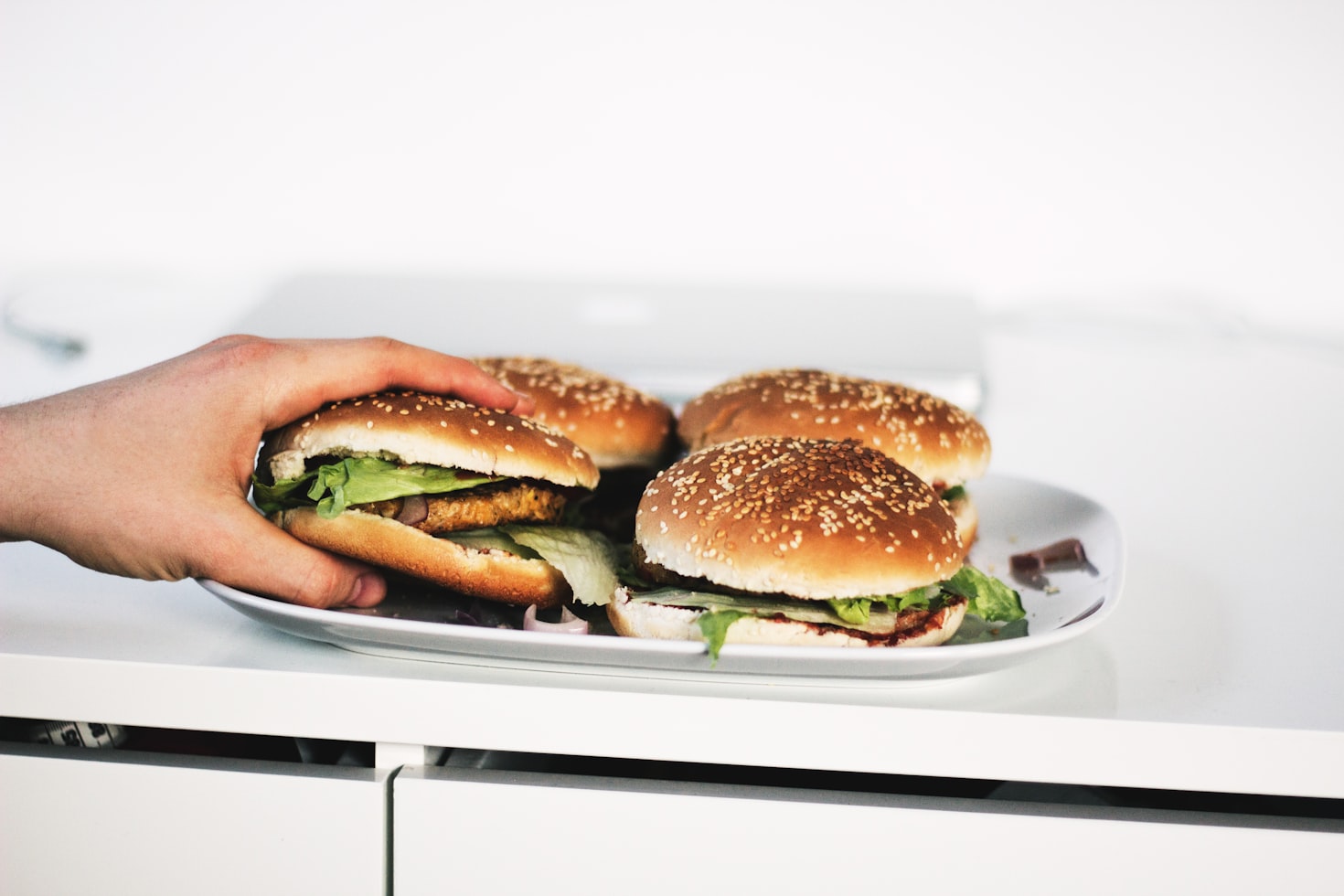How To Jump Start Ketosis
Ketosis is a metabolic state in which your body burns fat for fuel instead of carbohydrates. This process can lead to weight loss, increased energy levels, and improved mental clarity. However, getting into ketosis can be challenging for some individuals. In this article, we will explore effective strategies to jump start ketosis and reap the benefits of this metabolic state.
Understanding Ketosis
Before diving into the methods to jump start ketosis, it is important to understand the science behind it. When you consume a low-carbohydrate diet, your body’s glycogen stores become depleted. As a result, your body starts breaking down fat into ketones, which are then used as an alternative source of energy.
Entering ketosis can take time, typically ranging from a few days to a couple of weeks. However, by following the strategies outlined below, you can accelerate the process and reach ketosis more quickly.
1. Reduce Carbohydrate Intake
The most crucial step in jump starting ketosis is reducing your carbohydrate intake. Aim to consume less than 50 grams of carbohydrates per day, with the majority coming from non-starchy vegetables. By limiting your carb intake, you force your body to rely on fat for energy, thus promoting ketosis.
2. Increase Healthy Fat Consumption
While reducing carbohydrates, it is essential to increase your intake of healthy fats. These include avocados, nuts, seeds, olive oil, and coconut oil. Consuming adequate amounts of healthy fats provides your body with the necessary fuel to enter and sustain ketosis.
3. Incorporate Intermittent Fasting
Intermittent fasting is a powerful tool to jump start ketosis. By extending the time between meals, you deplete your glycogen stores more quickly, forcing your body to switch to fat-burning mode. Consider implementing a fasting window of 16-18 hours daily, allowing for an eating window of 6-8 hours.
4. Engage in High-Intensity Exercise
Engaging in high-intensity exercise can help deplete glycogen stores and accelerate the onset of ketosis. Activities such as sprinting, HIIT workouts, and weightlifting are particularly effective. These exercises not only burn calories but also promote the breakdown of stored carbohydrates, pushing your body towards ketosis.
5. Stay Hydrated
Proper hydration is crucial when trying to jump start ketosis. Drinking enough water helps flush out toxins and supports the breakdown of fat. Additionally, staying hydrated can help alleviate symptoms of the “keto flu,” such as headaches and fatigue, which may occur during the transition to ketosis.
6. Consider Exogenous Ketones
Exogenous ketones are supplements that can help accelerate the process of entering ketosis. These supplements provide your body with additional ketones, making it easier to reach and maintain ketosis. However, it is important to note that exogenous ketones should not be relied upon as a long-term solution and should be used in conjunction with a low-carbohydrate diet.
Frequently Asked Questions (FAQ)
1. Can I consume any carbohydrates while in ketosis?
While in ketosis, it is best to limit your carbohydrate intake to maintain the metabolic state. However, some individuals can tolerate small amounts of carbohydrates without being kicked out of ketosis. Experiment with your carbohydrate tolerance levels to find what works best for you.
2. How long does it take to reach ketosis?
The time it takes to reach ketosis varies from person to person. It can take anywhere from a few days to a couple of weeks. Factors such as individual metabolism, activity level, and carbohydrate intake influence the speed of entering ketosis.
3. Can I consume too much protein while in ketosis?
Consuming excessive amounts of protein can potentially hinder ketosis. When protein intake is too high, the body can convert excess protein into glucose through a process called gluconeogenesis. It is important to strike a balance between protein intake and fat consumption to maintain ketosis.
4. What are the signs that I am in ketosis?
There are several signs that indicate you are in ketosis. These include increased energy levels, reduced appetite, weight loss, improved mental clarity, and a fruity odor in your breath. Additionally, you can use ketone testing strips or blood tests to measure the ketone levels in your body.
5. Can I drink alcohol while in ketosis?
Alcohol consumption can temporarily pause ketosis as your body prioritizes metabolizing alcohol over burning fat. However, certain alcoholic beverages, such as spirits like vodka or whiskey, have fewer carbohydrates and can be consumed in moderation without completely derailing ketosis.
6. Is ketosis safe for everyone?
Ketosis is generally safe for most individuals. However, it is important to consult with a healthcare professional before starting a ketogenic diet, especially if you have any underlying health conditions or are taking medications. They can provide personalized guidance and ensure that ketosis is suitable for you.
Summary
Jump starting ketosis can be achieved through a combination of reducing carbohydrate intake, increasing healthy fat consumption, incorporating intermittent fasting, engaging in high-intensity exercise, staying hydrated, and considering exogenous ketones. By following these strategies, you can accelerate the process of entering ketosis and experience the numerous benefits associated with this metabolic state. Remember to consult with a healthcare professional before making any significant dietary changes, especially if you have any underlying health conditions.





